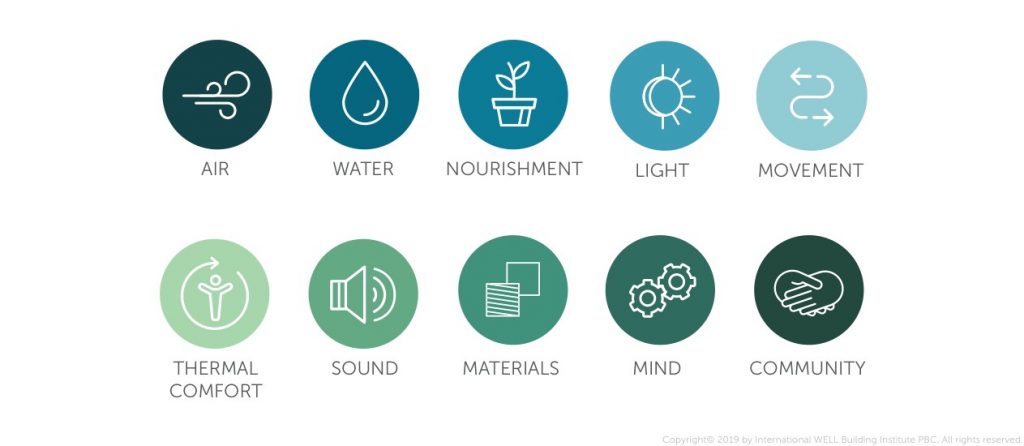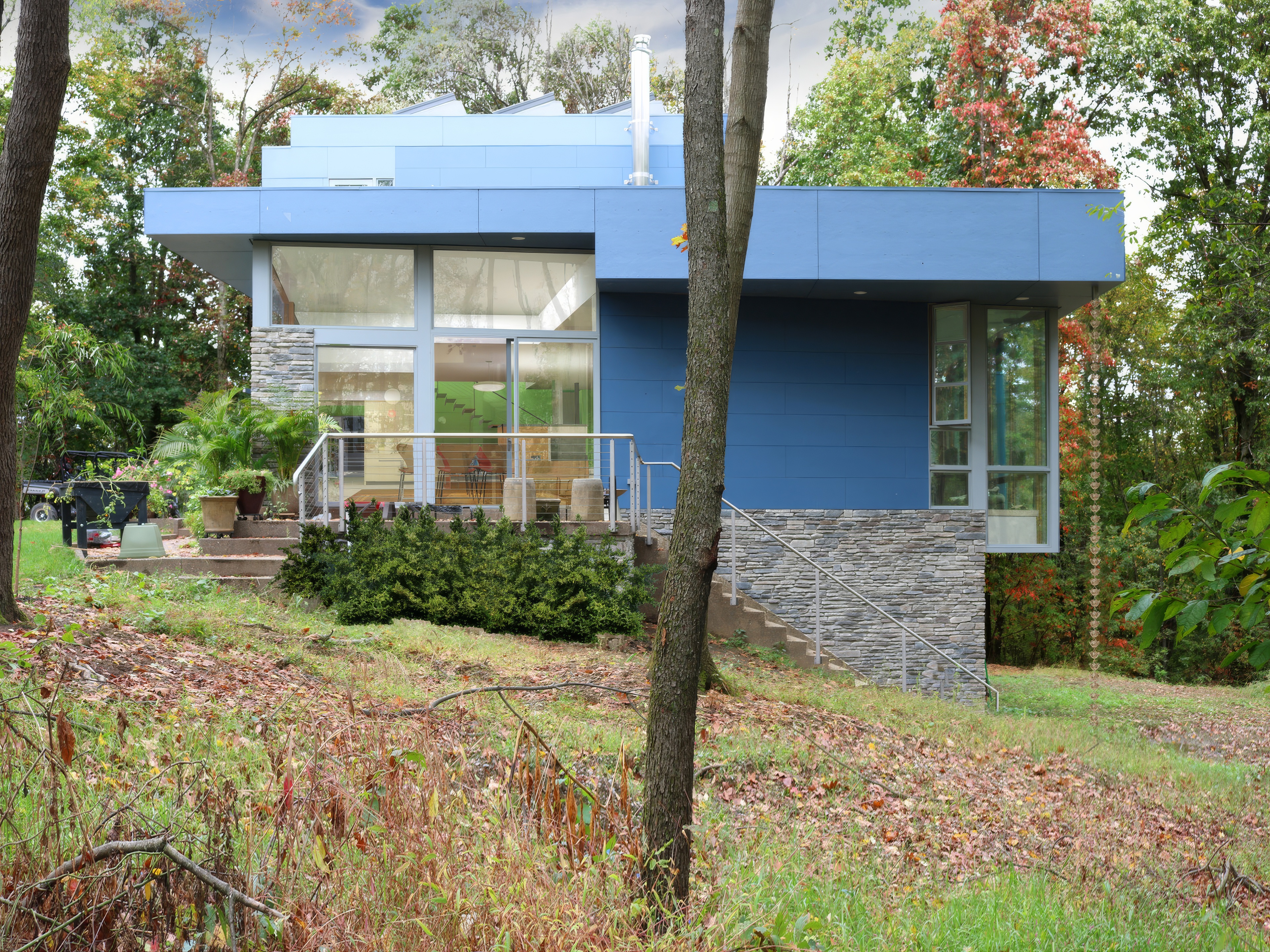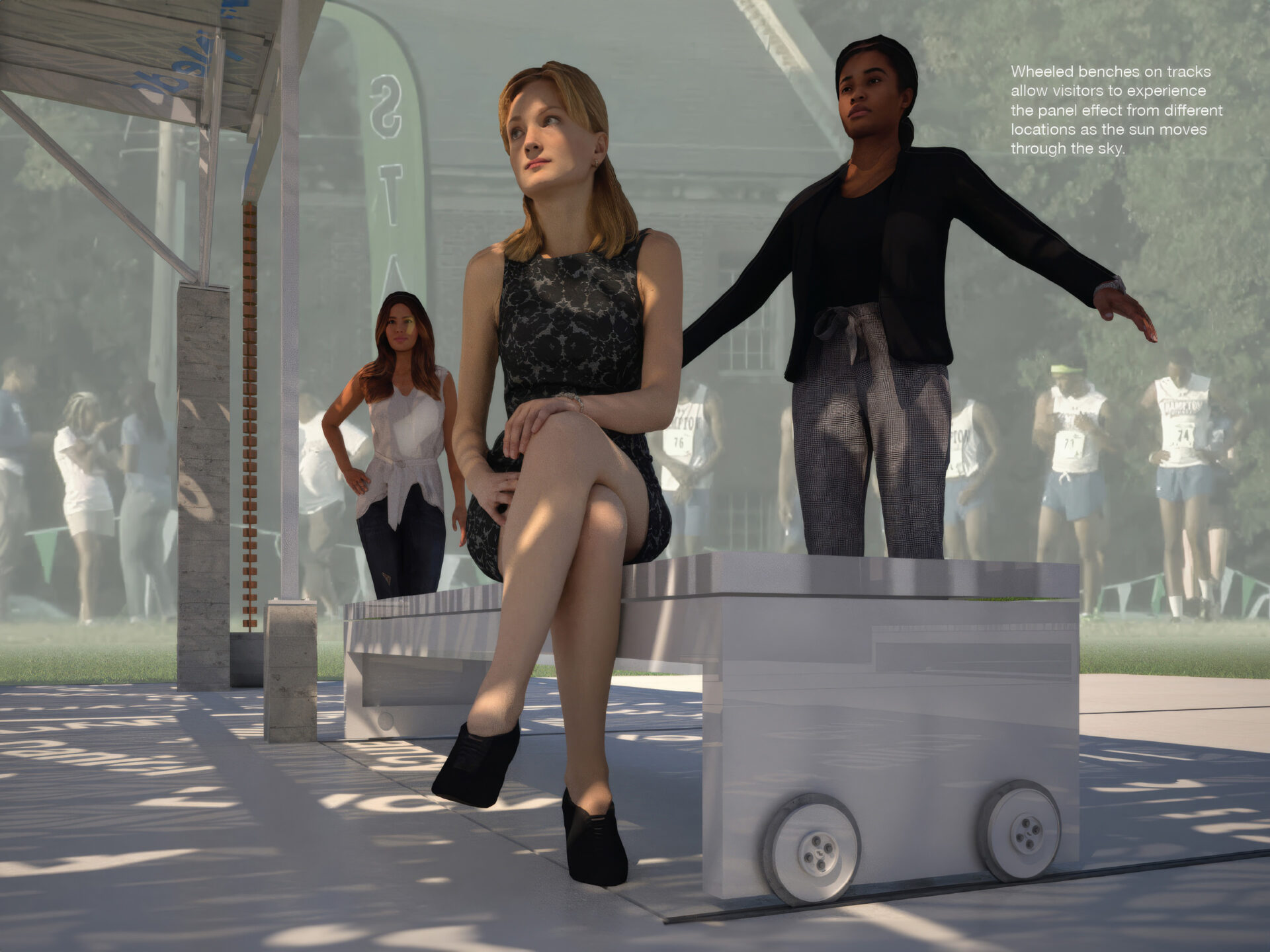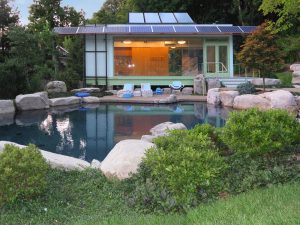The following sentences introduce the WELL Building Standard, a program focusing on “healthy buildings”:
“The role buildings can play in human health and well-being has never been more evident or more important. Thanks to an evolving evidence base, we understand more about the relationship between the physical environment and human health than ever before”.
The relevance of this field of studies has increased since the beginning of the pandemic. Yet, the relationship between buildings and users’ wellbeing, has been studied at least since the 1970s, with the first cases of “sick building syndrome”.
The space that we inhabit and work within impacts our lives beyond aesthetics.
This is true at every scale. A few examples: A room can impact how a person studies and how productive is; a whole building can send welcoming or discouraging messages to people approaching it; a neighborhood can determine the life expectancy or its residents.
Poorly designed buildings can have deadly consequences.
This can happen either by promoting unhealthy behaviors, unsafe living conditions, or by poisoning its users day after day (with the presence of dangerous chemicals, molds, bacteria…). On the other end, well designed environments can be uplifting and stimulate our body and mind in a positive way. Just as Sir. Winston Churchill said: “We shape our buildings; thereafter they shape us”.
Some of the WELL Building standard categories involve physical components. Architects can design them traditionally – think of windows, or air and water distribution systems. Other categories, though, require a different approach. Architects can influence people’s habits by designing spaces that enables desirable behaviors. Just think of office buildings that encourage people to eat healthier by having generous kitchenettes and welcoming dining areas.
 Too often we approach buildings solely as containers of people (and stuff). We should reverse that approach and put people first.
Too often we approach buildings solely as containers of people (and stuff). We should reverse that approach and put people first.
Some people ask for bigger homes that reproduce a world of services and community features. However, architects should suggest creating better connections with the neighboring community and outdoors.
Since the beginning of the pandemic, there is a renewed interest for buildings that perform better. Our clients are asking for more inspiring, more sustainable, more comfortable, AND HEALTHIER spaces.
We can fulfill these request – in good part – by designing with the WELL Building Standard categories in mind. Whether clients are interested in pursuing the WELL certification or not, there is plenty of data and science that can benefit EVERY building. Below, please find some ideas inspired by the WELL Buildings Standard. To learn more about every “Concept” under each category, please refer to the official website https://v2.wellcertified.com/en/wellv2/overview
Air
- Design for Proper Ventilation + Have windows easy to operate
- Control and eliminate Microbe and Molds growth
- Isolate key sources of odors, germs, pollution
Water
- Manage Moisture by minimizing the presence of unintentional water
- Provide bathrooms that accommodate users with diverse needs
- Facilitate onsite Non-Potable Water Reuse

Nourishment
- Design so that it is easy to prepare and eat healthy food
- Help people control Portion Sizes
- Create spaces for Mindful Eating
- Promote Responsible Food Sourcing and Local Food Production
Light
- Support circadian and psychological health through indoor daylight exposure and outdoor views.
- Create lighting environments that enhance visual comfort and avoids glare
- Provide individuals with access to customizable lighting environments
Movement
- Provide users with ergonomic furnishings that encourage healthier work patterns
- Provide areas where you can exercise and clean yourself afterwards
- Select sites with good walkability scores and provide proximate access to public transportation.

Thermal Comfort
- Maximize and personalize thermal comfort among all individuals, also through individual controls
- Plan for different thermal zones, so that people can find their preferred one.
- Promote the use radiant systems and independently controlled ventilation systems, limiting the presence of allergens in the air
Sound
- Provide sufficient protection against unwanted noise; enhance speech privacy
- Create zones that can host quieter functions, and others that can accommodate louder ones
- Design buildings that can support people with hearing loss and hearing devices
Materials
- Promote the safer development of potentially contaminated sites by assessing and mitigating hazards
- Minimize the impact of volatile organic compounds (VOCs) emitted by products on indoor air quality
- Design spaces that support proper waste management, promote recycling practices, and avoid the presence of pests
Mind
- Provide spaces for respite, meditation, relaxation, and self-expression
- Provide access to nature and promote Biophilic Design
- Plan for spaces that can accommodate private, personal time and others that are apt to public activities

Community
- Design with emergency preparedness in mind
- Provide support for new parents to properly care for themselves and their children.
- Create spaces that are inclusive of all people, regardless of the physical abilities, cultural background, or personal beliefs.
Bea Spolidoro, AIA is a WELL AP (accredited professional) since 2017. She is a Principal at Fisher ARCHitecture, Pittsburgh, PA and the AIA Pittsburgh Chapter 2022 President.



